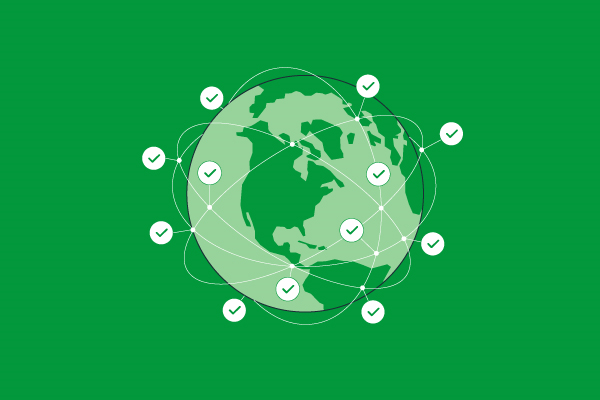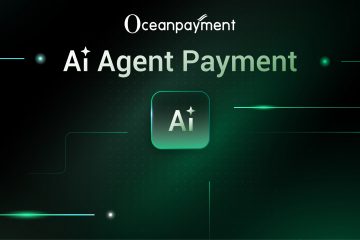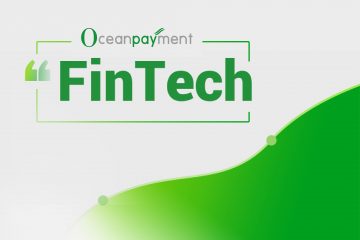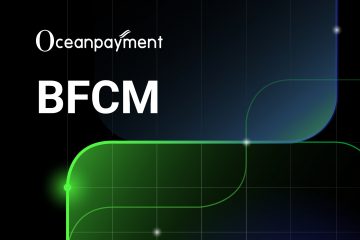The payment system for website has emerged with the development of e-commerce. With the development of the times, the method of recording collection and payment behavior continues to iterate. Nowadays, in the internet era, our business activities have also undergone the evolution of digitization and informatisation, which is the so-called e-commerce business. Let’s find out more about what is website payment processing and how does it work.
What is website payment processing?
Website payment uses the most advanced means of communication, such as the Internet and Extranet, while traditional payment uses traditional communication media. Website online payment has high requirements for software and hardware facilities. Generally, a networked computer, related software and other supporting facilities are required, while traditional payment does not have such high requirements. Here are several steps for customer during the website payment processing:
1. Customers access the Internet (Internet), browse goods online through a browser, select goods, fill in online orders, select the applied online payment and settlement tools, and are authorized by the bank to use them, such as bank cards, e-wallets, e-cash, E-check or online bank account number, etc.
2. The client encrypts relevant order information, such as payment information, and submits the order online.
3. The merchant server checks and confirms the customer’s order information, and forwards the relevant and encrypted customer payment information to the payment gateway until it is confirmed by the bank back-end business server of the bank’s private network, in order to verify it from the bank and other electronic money issuing institutions Obtain authorization to pay funds.
4. After the bank verifies and confirms, through the established encrypted communication channel through the payment gateway, the confirmation and payment settlement information are sent back to the merchant server. For further security, the payment authorization request is sent back to the customer (or not).
5. After receiving further authorization settlement information from the customer, the bank transfers the funds from the customer account to the bank account of the merchant carrying out e-commerce, settles with the help of the financial private network, and sends the successful payment and settlement information to the merchant and the customer respectively.
6. After receiving the settlement success information from the bank, the merchant server sends the online payment success information and delivery notice to the customer. So far, a typical online payment settlement process ends. Merchants and customers can use the Internet to query their own fund balance information for further verification.
How does payment processing work?
Let’s start with the basics. Any online payment processing platform consists of three components:
Merchant account: This is a bank account that provides online payment processing for Internet business. You can receive merchant accounts through payment processing companies, independent contractors, or large banks. Without it, you will have nowhere to keep the money customers paid you.
Payment processor: Payment processing companies or financial institutions are responsible for processing transactions between the customer’s bank and the bank. They deal with issues such as credit card validity, available funds, card limits, etc. A more important function of payment processors is security. It is the responsibility of the payment processor to check that the card information is correct. They also deal with various errors, accidental transactions, and incorrect charges.
Payment gateway: This is like an online point of sale. The payment gateway is the intermediary between all transactions on your website and the payment processor. It connects your merchant account with credit and debit card issuers such as MasterCard and Visa. Therefore, payment gateways are essential for Internet payment processing systems.
The entities participating in online card processing services are customers, businesses, payment processors, payment gateways, customers’ banks, and corporate banks. Some online payment processing software providers provide all three components in one platform, namely merchant accounts, payment processors, and payment gateways. Others combine merchant accounts and payment gateways with third-party payment processors.
Website payment processing flow
The data flow of the payment system can be divided into two modes based on merchant forwarding and non-merchant forwarding. From the customer initiating a purchase request to the customer receiving the product and the merchant receiving the funds, the entire transaction process needs to go through the following payment process.
1. The user browses the e-commerce website, selects the product that he likes, and makes a purchase request to the merchant.
2. The merchant digitally signs the order verified by the user and submits it to the payment system.
3. The payment gateway calls the payment interface and asks the user to fill in the account information.
4. The user encrypts the account information with the public key of the payment gateway and transmits it to the payment system.
5. If the confirmation is successful, the returned result of the digital signature financial institution is sent to the merchant, and the merchant is notified to deliver the goods. Otherwise the merchant is notified that the transaction has failed.
6. The confirmation is successful and the financial institution is required to transfer funds.
Online payment gateway for website – Oceanpayment
In order to facilitate web application merchants to access the website payment function, Oceanpayment fully supports website payment processing. Merchants can quickly integrate access to the website payment function through an open interface. The user visits the merchant’s website on the PC for consumption, pays through the computer website, and can directly jump to the in PC to complete the payment. It provides supporting services such as refund, clearing and settlement, and reconciliation, which provide users with a safe, convenient, professional and simple payment experience.
















Comments are closed.